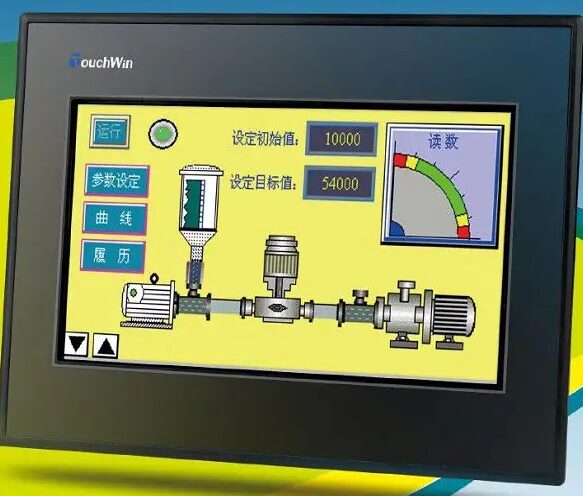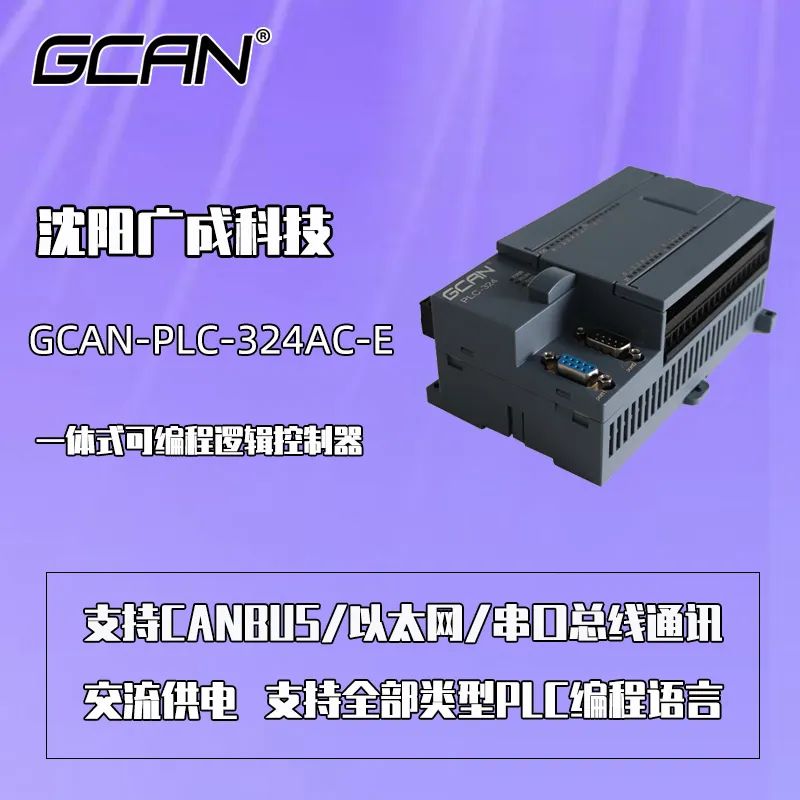The PLC is a controller used in industry. When selecting this device, we primarily consider whether its performance meets our needs and whether the price is appropriate. Which is more important, price or performance? Clearly, performance is paramount; if the machine cannot meet the requirements, what does the price matter? Alternatively, if the performance is inadequate despite a low price, it is meaningless. Of course, if the performance meets the standards, we should look for a cost-effective option, as money does not come easily.

So, what kind of PLC is more likely to meet our usage needs? This should be considered from the attributes and characteristics of the PLC itself. We know that PLCs achieve automated control primarily through three processes:
1. Information acquisition
2. Program computation
3. Instruction output
Information acquisition and instruction output require IO support; the information collected is either digital or analog, and the output is also in digital or analog instructions. Therefore, when selecting a PLC, the number and types of integrated IO are essential factors to consider. Otherwise, even if the CPU computation speed is fast, it is futile without IO.
Some friends might ask, what if my PLC’s local IO is insufficient? This is a common issue, but it can be resolved. How? Modern PLCs are often bus-type PLCs, meaning that in addition to various integrated IO interfaces, they also incorporate communication interfaces. Through these communication interfaces, PLCs can exchange data with other machines and devices for direct control. Additionally, IO couplers can be connected to these buses to compensate for the insufficient local IO of the PLC.
Common PLC communication buses include serial ports and Ethernet. Serial ports are further divided into RS232/RS485/RS422, etc., which can utilize the Modbus bus for communication purposes. With the rise of industrial Ethernet, some PLCs apply communication rates that are higher, such as EtherCAT or Profinet. However, PLCs using industrial Ethernet communication are generally more expensive and suited for specific application projects.
In fact, besides the aforementioned communication buses, CANopen is also an important presence. It is an industrial bus type developed based on CANBUS. Although its communication speed is lower, its anti-interference capability is strong, it can connect a large number of node devices, and it supports long communication distances. In projects with high requirements for control safety and stability, PLCs using CANopen communication have unparalleled advantages.
All PLCs currently developed by our company are equipped with CAN interfaces, Ethernet interfaces, and serial interfaces, allowing for both CANopen and Modbus communication. Additionally, modular PLCs can further expand other communication types through communication function blocks to better meet your needs.
If you need our PLC manuals, you can add WeChat 18309815706. We welcome your inquiries.
